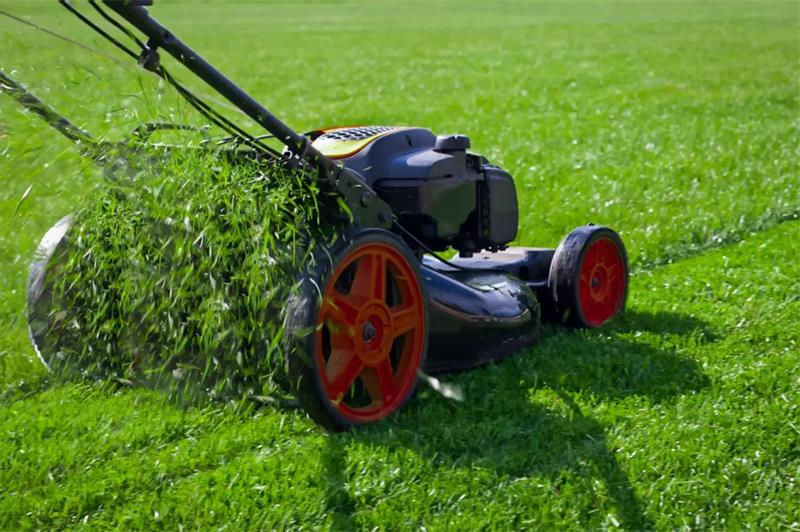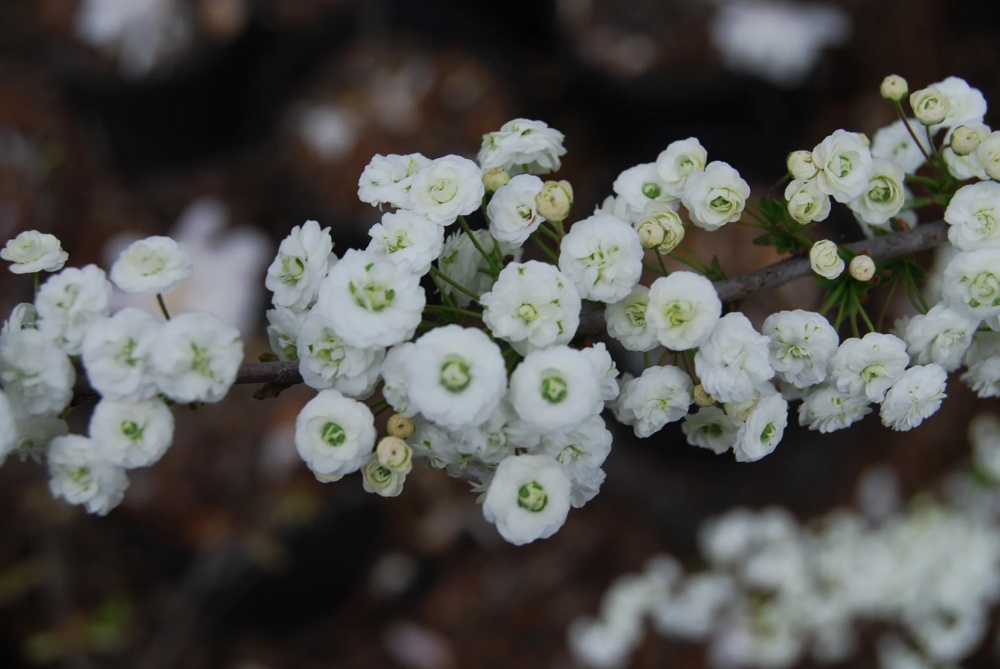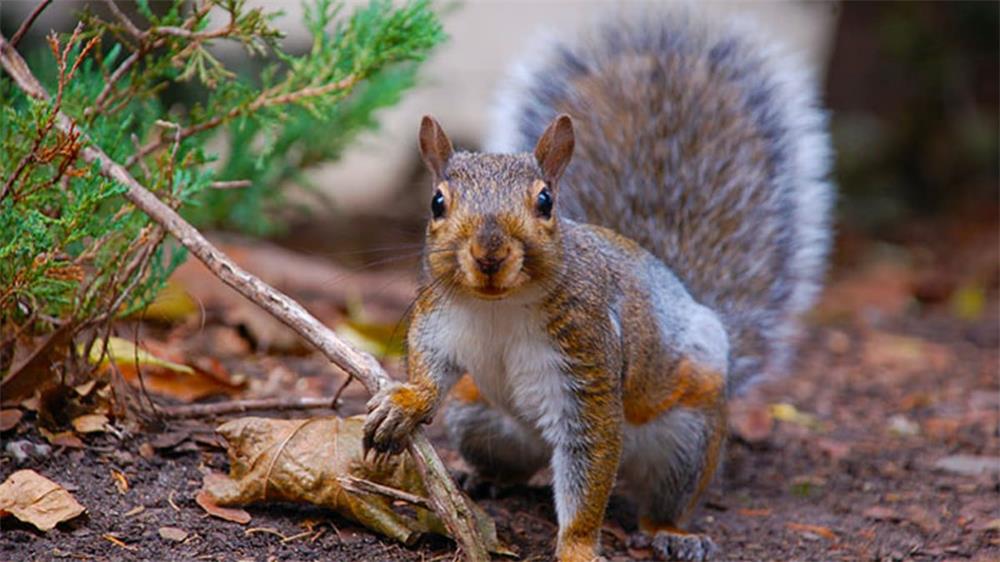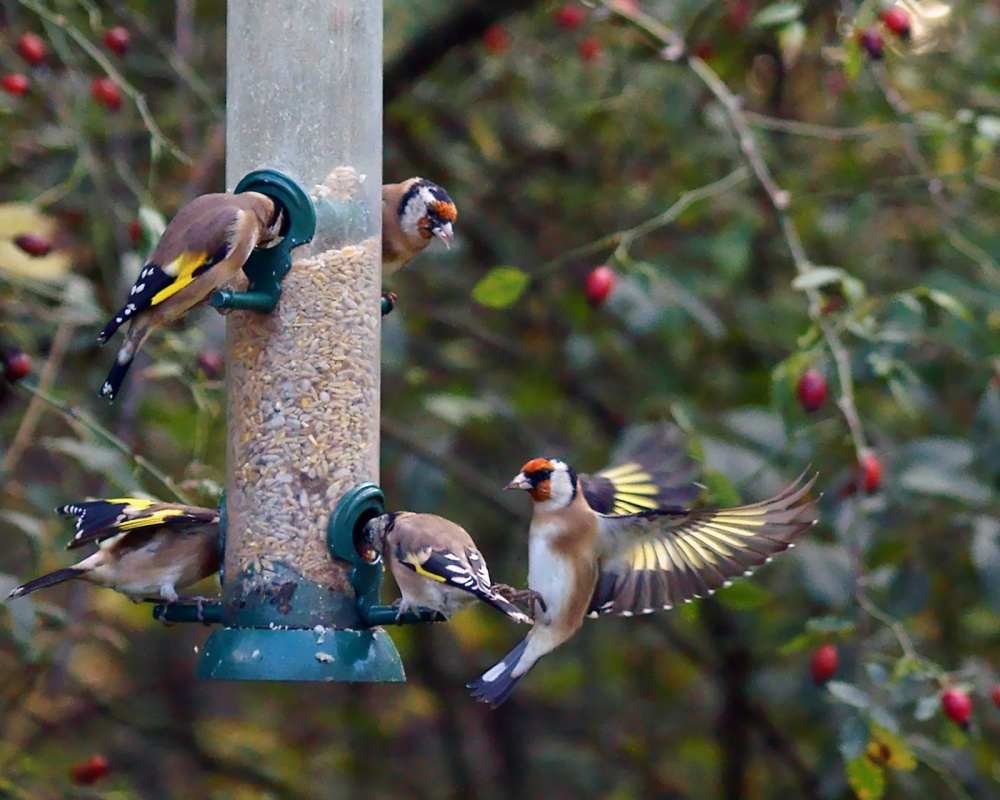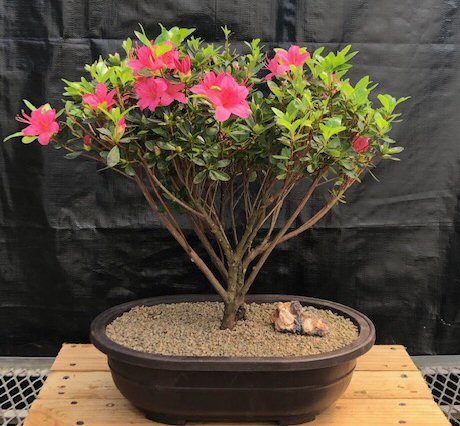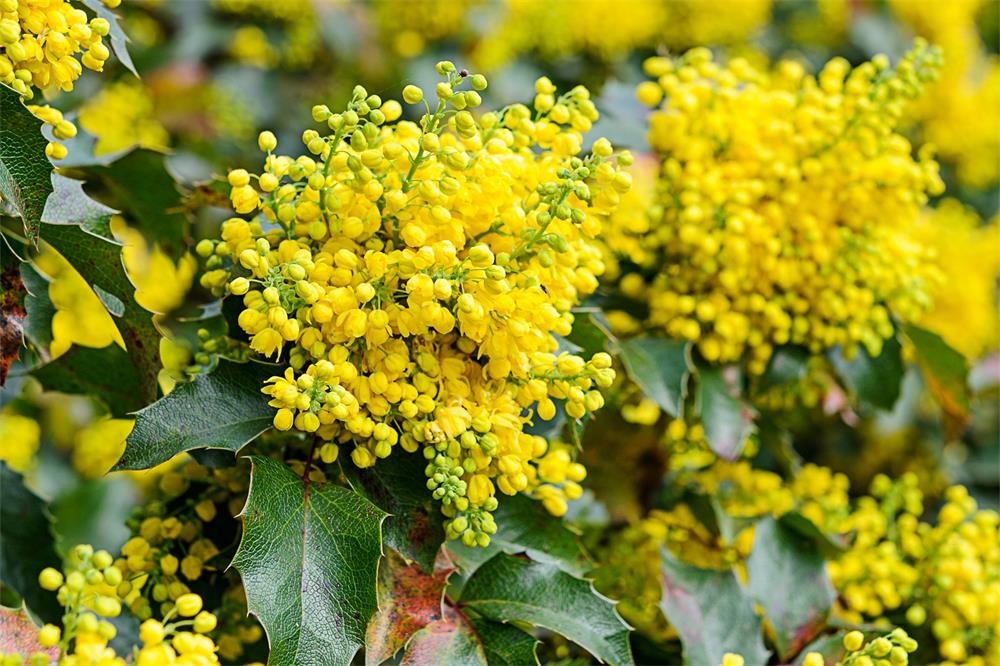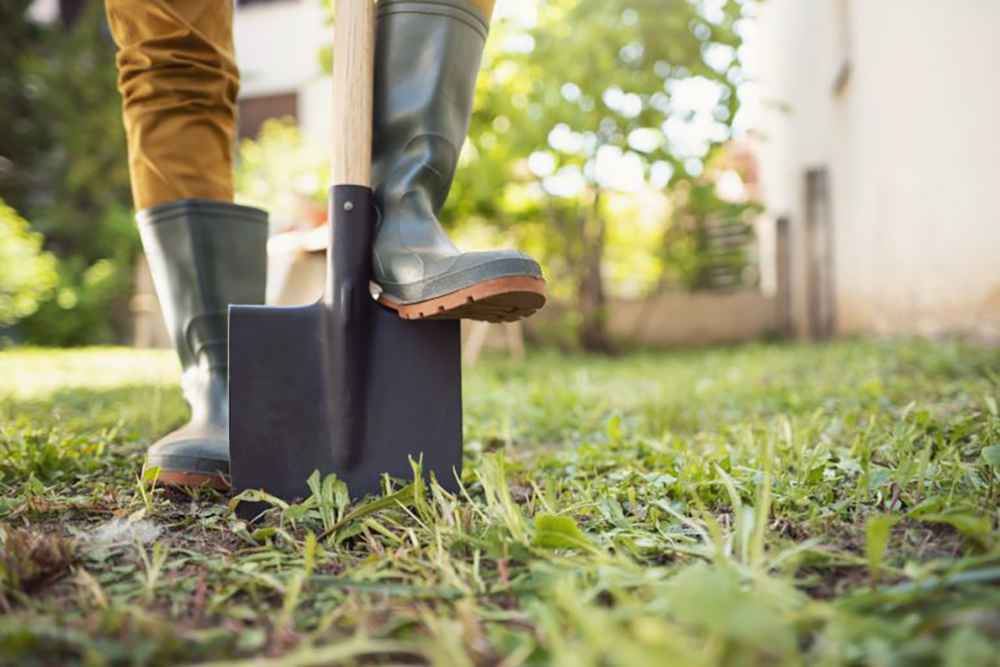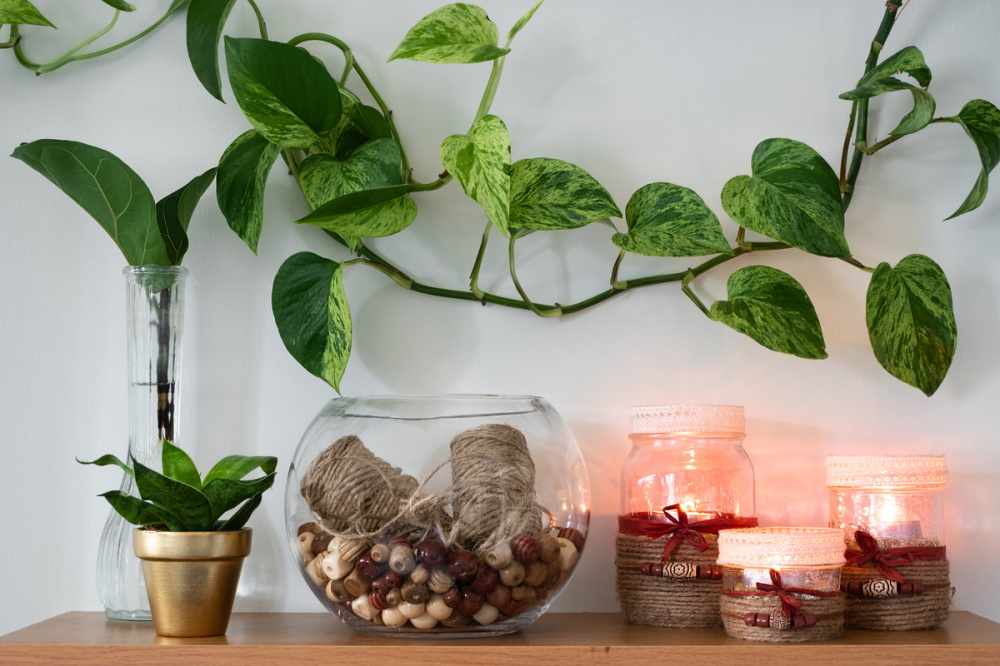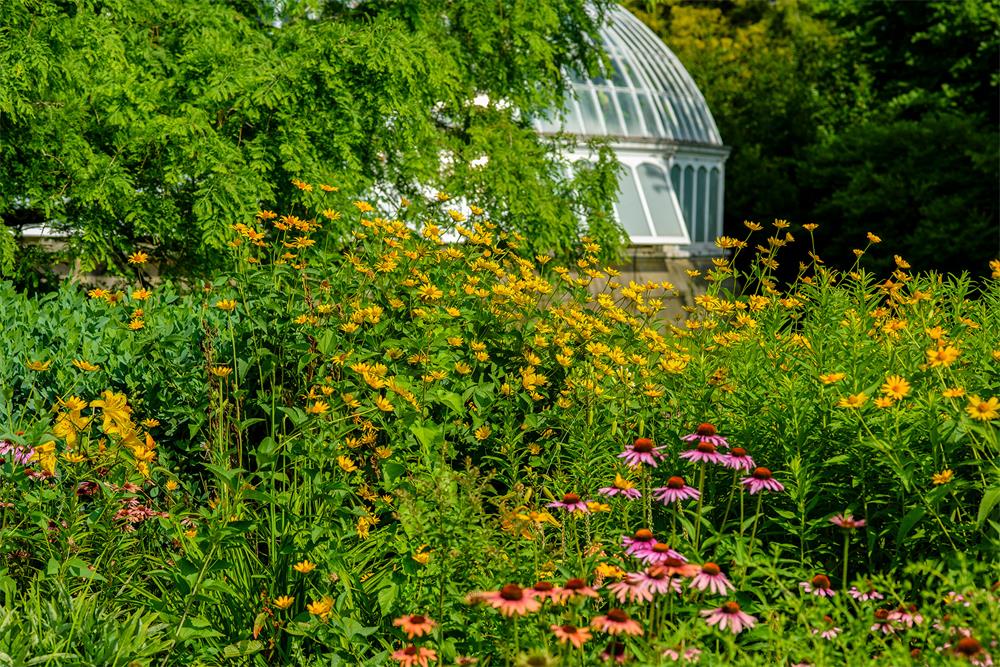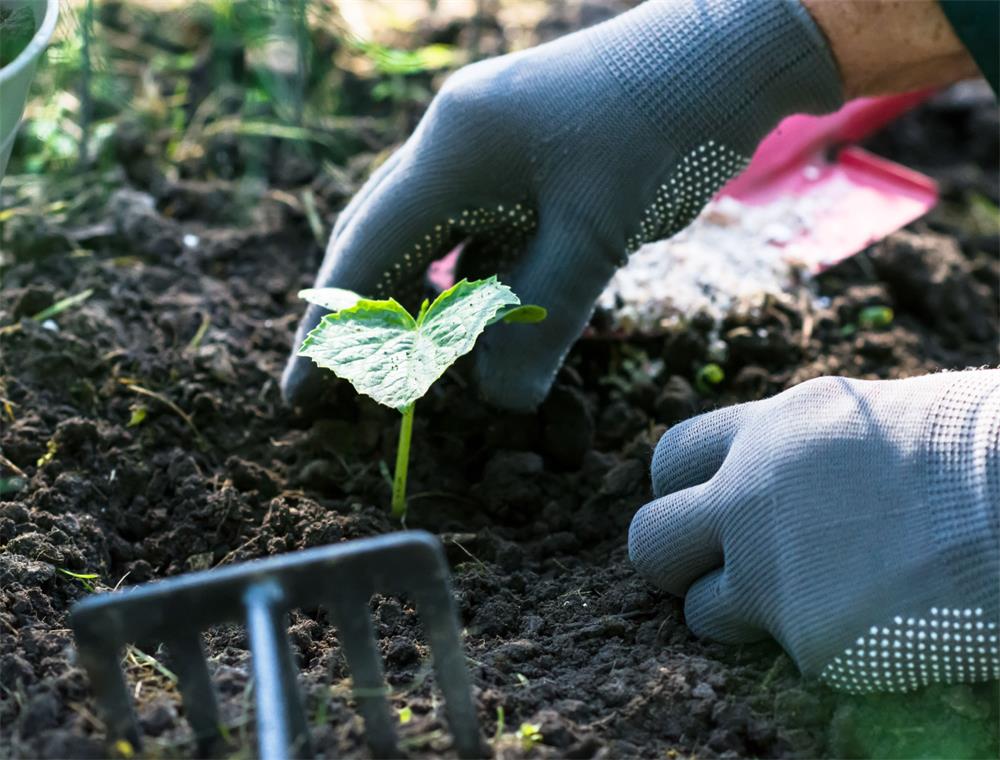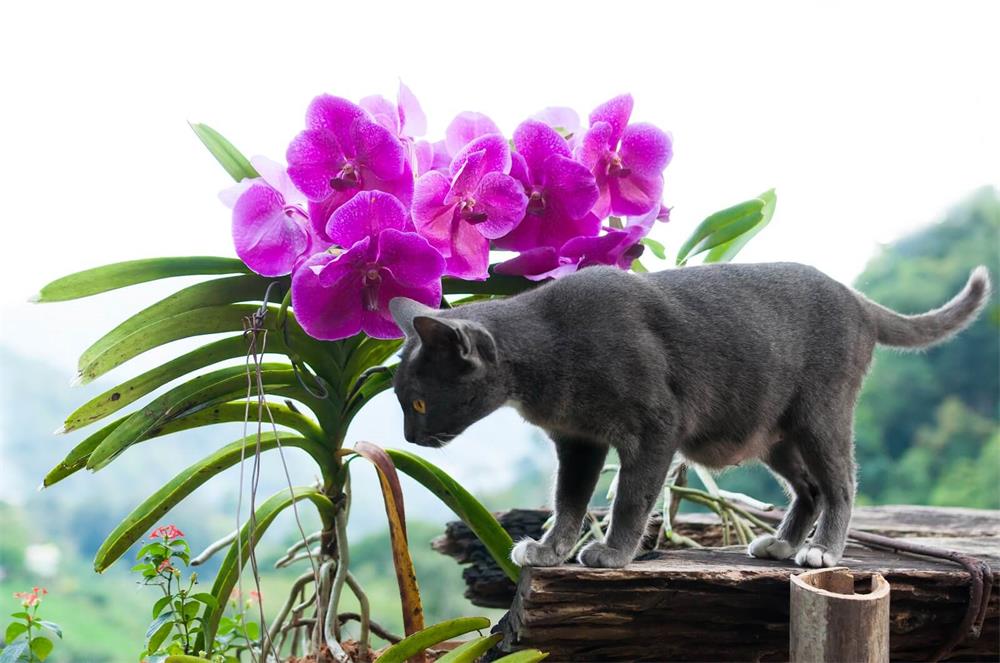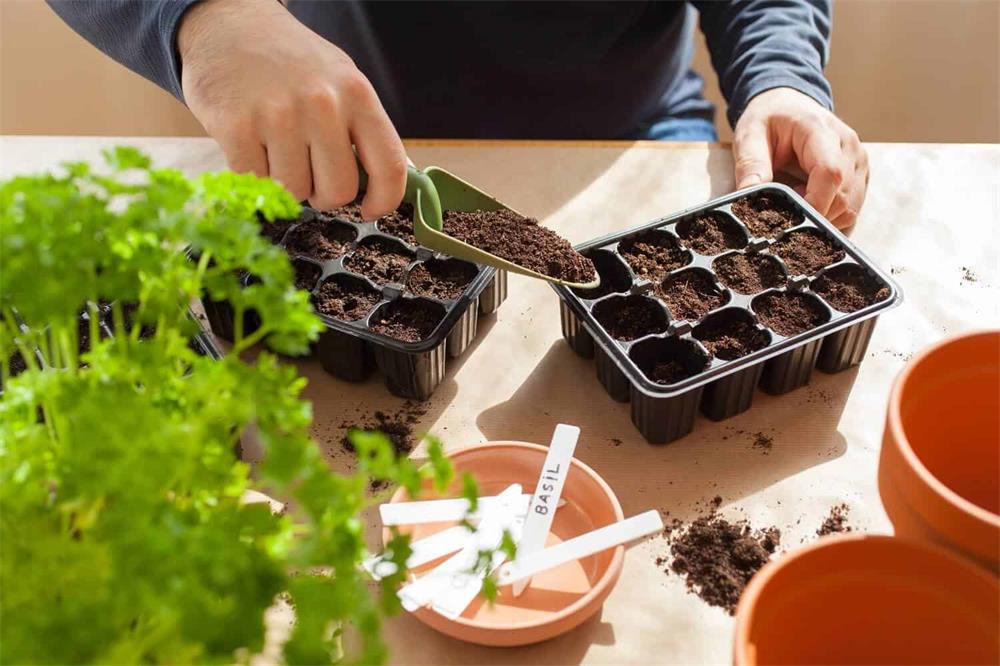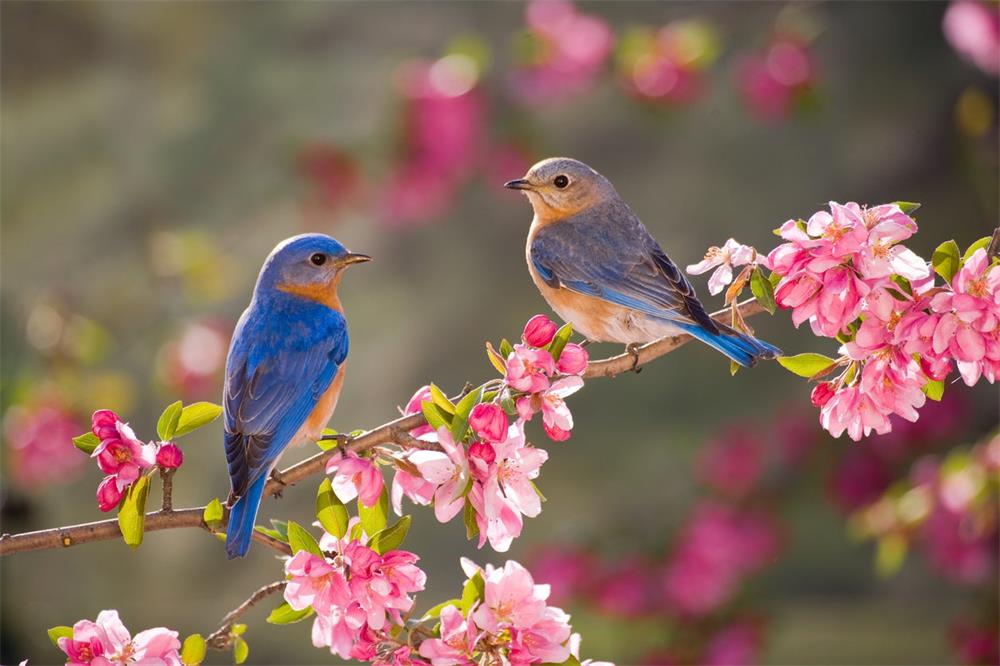
Table of Contents
Bluebirds are beautiful and beneficial birds that many backyard birders want to attract. These colorful thrushes are insectivorous and eat a variety of insects, fruits, and berries depending on the season and their nutritional needs. By offering the right foods in the right feeders, you can enjoy the company of these charming birds all year round.
What Do Bluebirds Eat Naturally?
Bluebirds belong to the same family of birds as robins, solitaires, and fieldfares, and they share a similar diet. In general, bluebirds eat more insects in spring and summer when they need protein for their growing young, and more fruits and berries in fall and winter when insects are scarce.
Some of the natural foods that bluebirds eat include:
- Snails, grubs, caterpillars, and other mollusks and insect larvae
- Grasshoppers, crickets, beetles, ants, spiders, and other insects
- Flying insects such as moths, termites, and mosquitoes
- Berries such as sumac, holly, dogwood, pokeweed, and hackberries
- Small tree and vine fruits including grapes and cherries
To attract bluebirds with natural foods, you can plant berry-producing shrubs and trees in your yard, such as elderberry, serviceberry, juniper, and viburnum. You can also avoid using insecticides that may harm bluebirds or reduce their food supply.
What Do Bluebirds Eat at Feeders?
Bluebirds are not typical seed-eating birds, but they will visit feeders that offer suitable foods for them. Some of the foods that you can offer to bluebirds at feeders include:
- Mealworms, either live, dried, canned, or roasted
- Small chunks of fruits, such as apples or pears
- Whole or diced berries, including raspberries and blackberries
- Softened dried fruits, especially raisins, blueberries, cranberries, and currants
- Suet, preferably diced into small chunks, nuggets, or shreds
- Chopped peanut hearts (no shells)
- Peanut butter or bird dough
- Sunflower hearts or small chips
- Eggshells, broken into small chips, as supplemental calcium during the nesting season
These foods should be offered in wide, open feeders that will help bluebirds feel comfortable and secure. Trays and dishes are best, as bluebirds will not typically perch on narrow ledges or short perches. You can also provide a cover over the feeding area to protect the food from rain or snow.
What Foods Should You Avoid Feeding Bluebirds?
Not all foods are suitable for bluebirds. Some foods may be unhealthy or even harmful for these birds. Some of the foods that you should avoid feeding bluebirds include:
- Whole peanuts or peanut shells may choke bluebirds or damage their beaks
- Millet or other small seeds that bluebirds do not eat
- Bread or baked goods that may mold quickly or lack nutritional value
- Chocolate or caffeinated products that may be toxic for birds
- Avocado or onion may cause digestive problems for birds
- Salted or seasoned foods that may dehydrate birds
You should also make sure to clean your feeders regularly and discard any spoiled or moldy food. This will help prevent diseases and parasites from spreading among bluebirds and other birds.
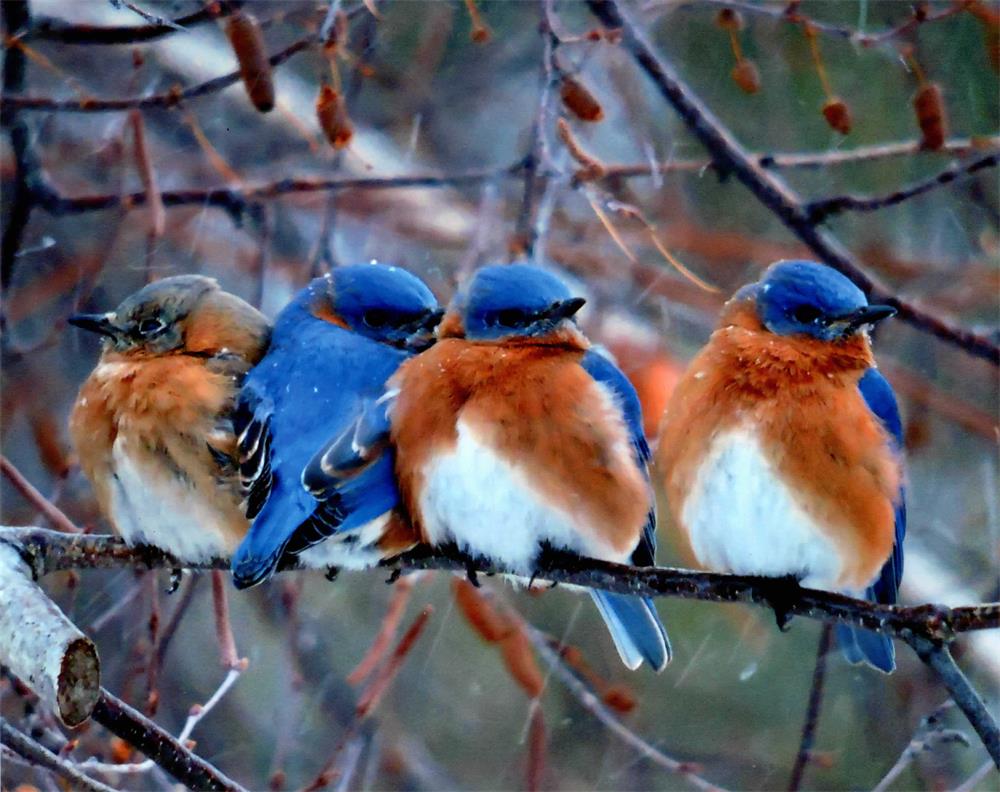
How to Attract More Bluebirds to Your Yard
In addition to providing food for bluebirds, you can also attract them by meeting their other needs for water, shelter, and nesting sites.
Water: Bluebirds need fresh water for drinking and bathing. A shallow birdbath with one to two inches of water is ideal for these birds. You can add a bubbler or fountain to create movement and noise that will attract their attention. You can also use a heated birdbath in winter to provide liquid water when it is freezing.
Shelter: Bluebirds prefer open habitats with mature trees and low ground cover. They avoid dense thickets or forests where predators may lurk. You can create a bluebird-friendly landscape by preserving some mature trees and planting low grasses and flowers around them.
Nesting Sites: Bluebirds are cavity-nesting birds that use natural holes in trees or artificial nest boxes to raise their young. You can attract bluebirds by providing suitable nest boxes in your yard. The nest boxes should have a 1 1/2 inch entrance hole and be mounted on a pole or post at least four feet high. The nest boxes should also be cleaned after each nesting season and protected from predators and parasites.
By offering the right foods and meeting the other needs of bluebirds, you can enjoy these beautiful and beneficial birds in your backyard. Bluebirds will reward you with their colorful plumage, cheerful song, and natural pest control.
Conclusion
Bluebirds are wonderful birds to have in your backyard. They are not only beautiful and musical, but also helpful and insectivorous. To attract and feed bluebirds, you need to understand their natural diet and offer them suitable foods at feeders. You also need to provide them with water, shelter, and nesting sites. By following these tips and tricks, you can create a bluebird paradise in your yard and enjoy their company all year round.



